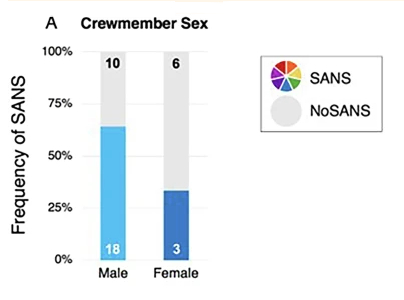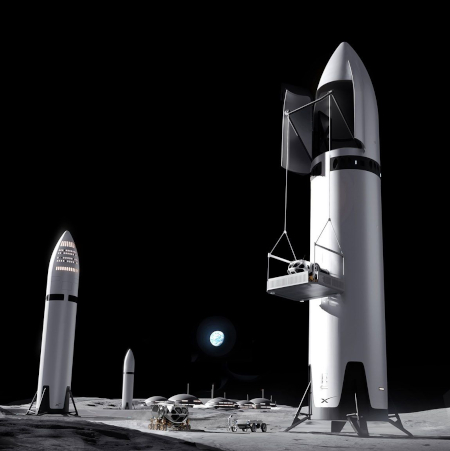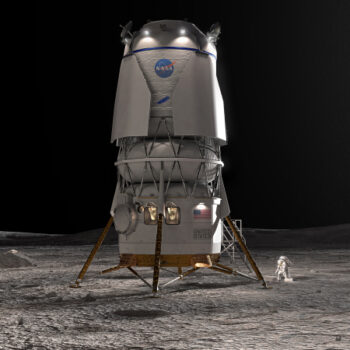November 3, 2025 Quick space links
Courtesy of BtB’s stringer Jay. This post is also an open thread. I welcome my readers to post any comments or additional links relating to any space issues, even if unrelated to the links below.
- Building the ascent engine on the Apollo lunar module
Nice detailed video, describing how Bell Aerosystems built an engine that could not fail. It is especially revealing how much testing with real hardware they did prior to launch.
- Another Chinese pseudo-company, Deep Blue, touts the successful static fire tests of its Nebula-1 rocket’s first stage
It claims the launch is next. When was not stated.
- The Starlab space station consortium touts its on-going preliminary design review of the subsystems for its Starlab single module station
Of all the four station’s under construction, Starlab has built the least, though it has begun issuing contracts for that construction.
- Space station startup Axion touts the testing of the “conical tunnel for its station’s docking adapter”
They are checking for cracks, and finding none.
- As of today, humans have been in space continuously for 9,132 days, or 25 years
Sadly, if that record is to continue it will require help from outside the U.S., as it is not likely any of our proposed commercial stations will be ready for continuous occupation initially.
Courtesy of BtB’s stringer Jay. This post is also an open thread. I welcome my readers to post any comments or additional links relating to any space issues, even if unrelated to the links below.
- Building the ascent engine on the Apollo lunar module
Nice detailed video, describing how Bell Aerosystems built an engine that could not fail. It is especially revealing how much testing with real hardware they did prior to launch.
- Another Chinese pseudo-company, Deep Blue, touts the successful static fire tests of its Nebula-1 rocket’s first stage
It claims the launch is next. When was not stated.
- The Starlab space station consortium touts its on-going preliminary design review of the subsystems for its Starlab single module station
Of all the four station’s under construction, Starlab has built the least, though it has begun issuing contracts for that construction.
- Space station startup Axion touts the testing of the “conical tunnel for its station’s docking adapter”
They are checking for cracks, and finding none.
- As of today, humans have been in space continuously for 9,132 days, or 25 years
Sadly, if that record is to continue it will require help from outside the U.S., as it is not likely any of our proposed commercial stations will be ready for continuous occupation initially.













